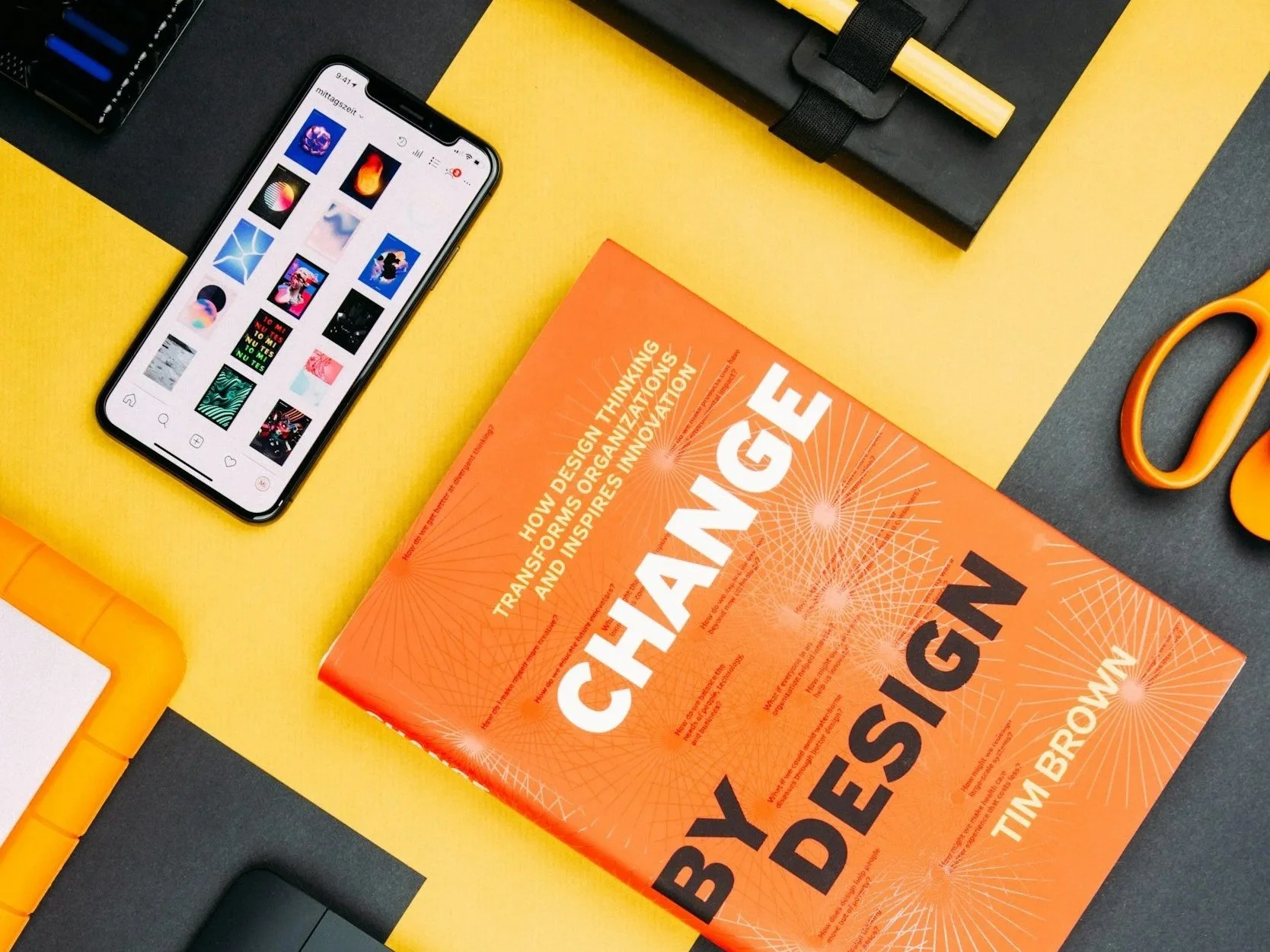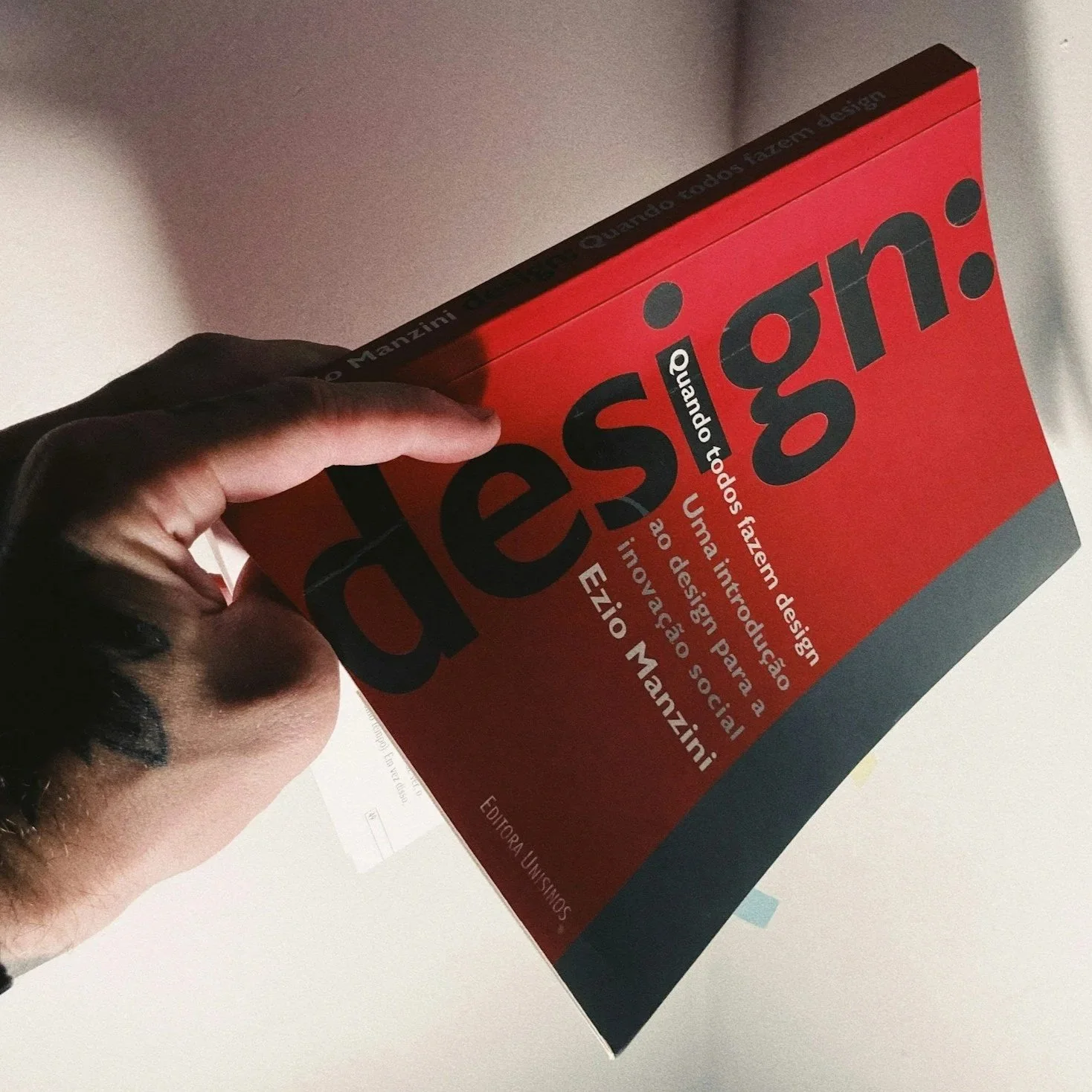The future of design education
In this episode of The Four Percent Amplified, I sit down with Amir Hoagland to explore the rapidly evolving world of design education. We dive into how designers are learning and building their craft in 2025, and what it takes to succeed in a creative industry that’s no longer bound by a single path.
From traditional university programs to bootcamps, online courses, mentorship, and self-guided learning, designers now have flexible options to create a path that fits their life, learning style, and goals. Amir shares his personal journey, lessons from his career, and his perspective on how mentorship, leadership, and representation can help emerging creatives thrive.
Whether you’re just starting out or looking to level up your skills, this episode highlights the tools, communities, and strategies you can use to grow as a designer and find your place in the industry.
Listen to the Episode
The Evolution of Design Education
Design education has transformed from a one-size-fits-all approach into a flexible, multi-path ecosystem that caters to a variety of learning styles, goals, and lifestyles. You no longer need a traditional degree to be taken seriously in the industry; what matters most is curiosity, dedication, and consistently applying what you learn in real-world situations. Modern designers can combine formal education, immersive bootcamps, online courses, self-directed projects, mentorship, and community workshops to build a personalized learning path. Access to free or low-cost resources like YouTube tutorials, online forums, and open-source design tools means that anyone with motivation and creativity can gain practical skills, build a portfolio, and demonstrate value to employers or clients. The emphasis today is not on credentials alone, but on experience, problem-solving, adaptability, and the ability to continuously learn and innovate in a rapidly evolving design landscape.
Special Guest: Amir hoagland, Founder of Dotted Boxes IT Consulting
Amir Hoagland’s journey into design started with a love for building, Legos as a kid, and exploring the artistry of vinyl records. These early hands-on experiences fueled his curiosity, creativity, and problem-solving mindset, which later shaped his approach to design. Over the years, Amir has navigated a dynamic career, holding key roles at organizations like Pivotal Labs, VMware, Oracle, CNN, WebMD, and Cox Media, and eventually becoming one of the first Black Associate Directors at Pivotal Labs in New York City. His story shows how persistence, mentorship, and a willingness to explore diverse paths can lead to a successful and impactful career in design.
Amir emphasizes that effective design education isn’t about degrees alone; it’s about curiosity, applying what you learn, and seeking guidance along the way. His experiences highlight how flexible learning, mentorship, and representation in leadership can inspire emerging creatives and open doors that might have seemed out of reach.
Key Highlights of Amir’s Work:
Developed a hands-on, experimental approach to learning from childhood
Blends creativity and technology in his design practice
Emphasizes the importance of building a personal learning path tailored to your goals
Shares insights on navigating the creative industry as a Black designer
Advocates for continuous skill-building and curiosity-driven growth
Highlights the value of community, collaboration, and feedback in creative development
You can connect with Amir on LinkedIn.
Takeaways from Amir
Speaking to Amir about design education and the many different paths one can take really opened my eyes to how powerful it is to create your own journey. He shared how combining different ways of learning: school, bootcamps, online courses, or self-directed projects, can help you grow in ways that fit your style and goals. Mentorship was another big theme: having people who guide you, challenge you, and cheer you on can completely change your trajectory. Amir also reminded me that your unique perspective, creativity, and approach to problem-solving are what make your work stand out. And the best part? Staying curious, experimenting, and applying what you learn is what helps you thrive in this ever-evolving design world.
Mix and match learning paths: Combine traditional degrees, bootcamps, online courses, or self-taught projects to create a personalized education.
Learn by doing: Experiential learning through real projects builds confidence, skills, and practical knowledge.
Mentorship matters: Guidance from experienced designers helps navigate different educational routes and accelerates growth.
Curiosity and exploration: Staying curious and experimenting allows you to adapt and thrive, even outside traditional structures.
Online Learning & Bootcamps
Platforms like Udemy, Coursera, Skillshare, LinkedIn Learning, and YouTube give designers the freedom to learn at their own pace, covering everything from UX design and visual communication to product strategy and coding. YouTube, in particular, offers thousands of free tutorials, walkthroughs, and design tips from professionals around the world, making it an accessible way to pick up new skills, discover trends, and get inspiration anytime.
Bootcamps like General Assembly and Springboard provide immersive, hands-on experiences that simulate real-world work environments. Students collaborate on live projects, receive feedback from instructors, and finish with a polished portfolio ready to showcase: all often within just a few months.
Beyond these, there are many other nontraditional ways to learn design: mentorship programs, apprenticeships, community workshops, online forums like Dribbble and Behance, networking meetups, design challenges, and self-directed projects. These approaches give designers practical experience, peer feedback, and access to a supportive community: all without the cost or time commitment of formal education.
The best part is that you can mix and match these methods to create a fully personalized learning journey. Combine online courses for theory, bootcamps for immersive practice, YouTube and tutorials for supplemental tips, mentorship for guidance, and self-directed projects to experiment and build your portfolio. This flexibility allows designers to grow their skills, gain experience, and carve a path that truly fits their goals, lifestyle, and creative ambitions.
Building Your Own Path
In today’s design landscape, building your own path is just as important as the skills you develop. Designers no longer need to follow a single, traditional route: whether through school, bootcamps, online courses, or self-directed projects, you have the flexibility to create a journey that fits your goals, lifestyle, and learning style. But no path is walked alone. Being part of a supportive community, collaborating with peers, and seeking guidance from mentors not only accelerates growth but also provides valuable feedback, inspiration, and connections that open doors to new opportunities.
Collaboration helps you see challenges from different perspectives, refine your ideas, and develop solutions you might not have discovered on your own. By combining curiosity, intentional learning, and the collective wisdom of a creative community, designers can navigate the evolving landscape with confidence, experiment boldly, and ultimately produce work that is both meaningful and impactful. Building your own path isn’t just about reaching a career milestone; it’s about shaping a journey that reflects your vision, values, and unique creative voice.
Final Thoughts
Before we officially close Episode 10, I want to highlight the power of building your own path, mentorship, and collaboration. Surrounding yourself with supportive mentors, peers, and creative communities provides perspective, guidance, and encouragement when you need it most. Representation matters too! Seeing designers who share your background thriving is a reminder that you belong in these spaces, & never underestimate the role of curiosity, experimentation, side projects, and continuous learning in strengthening your skills, confidence, and creative voice. By combining mentorship, community, and intentional growth, we turn moments of uncertainty into clarity, opportunity, and fully stepping into our value as creatives.
A huge thank you to Amir Hoagland for sharing his story and insight, and thank you to everyone listening. Your journey is yours to shape, and you don’t have to navigate it alone: keep amplifying your voice, your creativity, and your impact.








